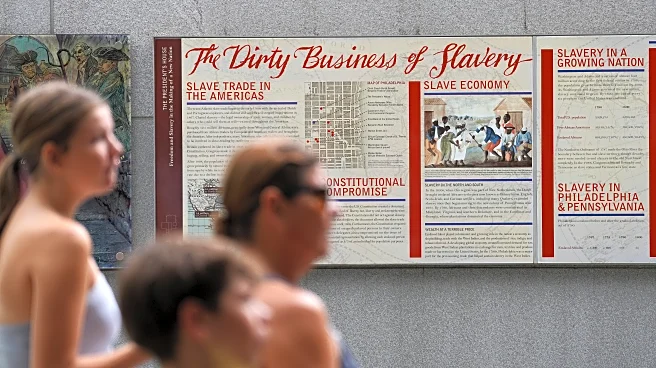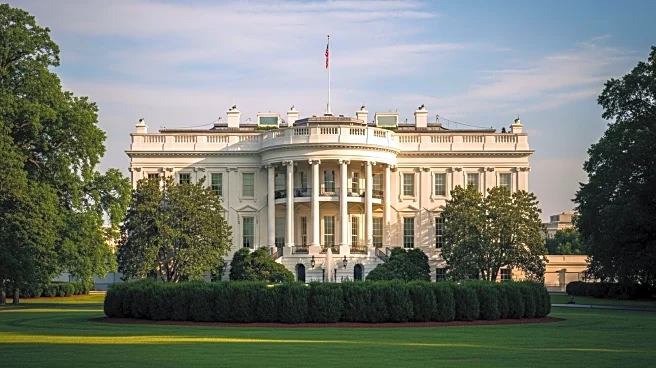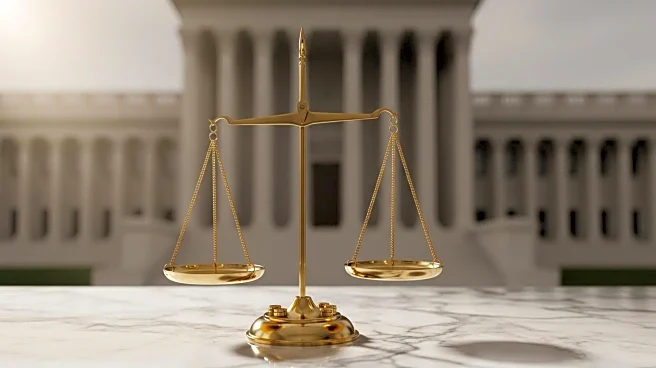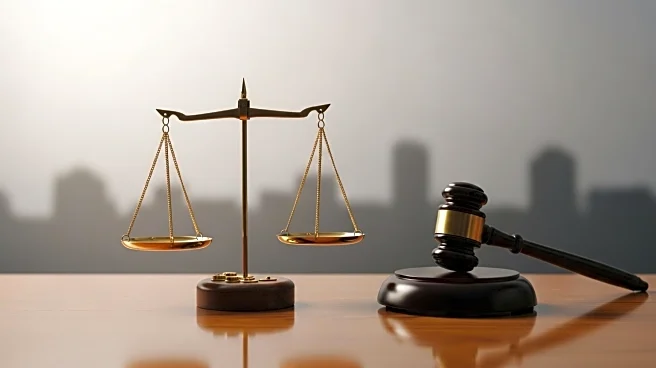What is the story about?
What's Happening?
The Trump administration is conducting a review of materials in federal parks that may be considered 'disparaging' to Americans. This initiative follows an executive order signed by President Trump, directing the Interior Department to ensure public property does not contain elements that inappropriately disparage Americans, past or present. The National Park Service was tasked with identifying inappropriate signs, exhibits, and materials by July 18, with public participation encouraged. The review includes content related to slavery, Native American culture destruction, climate change, and pollution. Concerns have been raised about potentially sanitizing American history, with critics arguing that acknowledging historical injustices is crucial for societal progress.
Why It's Important?
This review has significant implications for how American history is presented in public spaces. Critics argue that removing or altering historical content could lead to a sanitized version of history, potentially hindering public understanding of past injustices and their ongoing impact. The initiative may affect educational efforts in national parks, which serve as important venues for learning about environmental and social issues. The decision to focus on positive aspects of American history could influence public perception and discourse, impacting how future generations understand and engage with historical narratives.
What's Next?
The Interior Department plans to remove or cover any signage deemed inconsistent with the executive order by September 17. This process may involve public feedback and further evaluations of park materials. Stakeholders, including historians and advocacy groups, are likely to continue voicing concerns about the potential erasure of important historical narratives. The ongoing debate may lead to discussions about the balance between preserving history and promoting national pride.
Beyond the Headlines
The review raises ethical questions about historical representation and the role of public institutions in shaping collective memory. It highlights the tension between acknowledging historical injustices and promoting a unified national identity. The initiative may also influence broader cultural and educational policies, as it reflects a governmental approach to managing historical narratives in public spaces.
AI Generated Content
Do you find this article useful?















